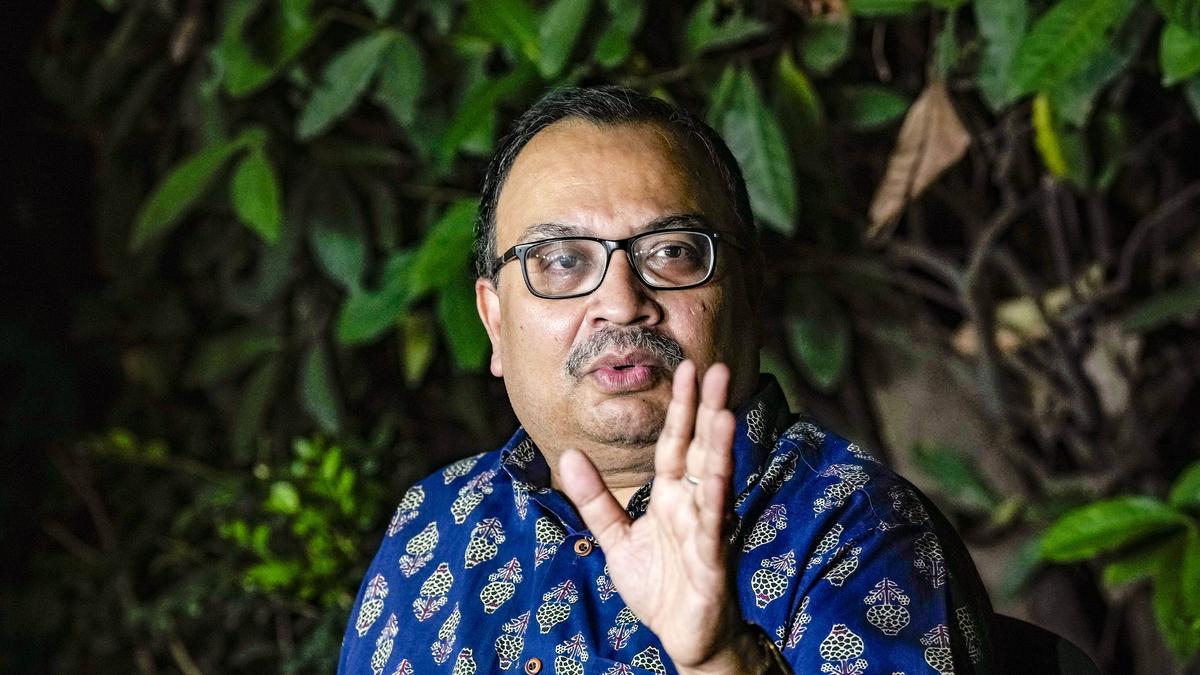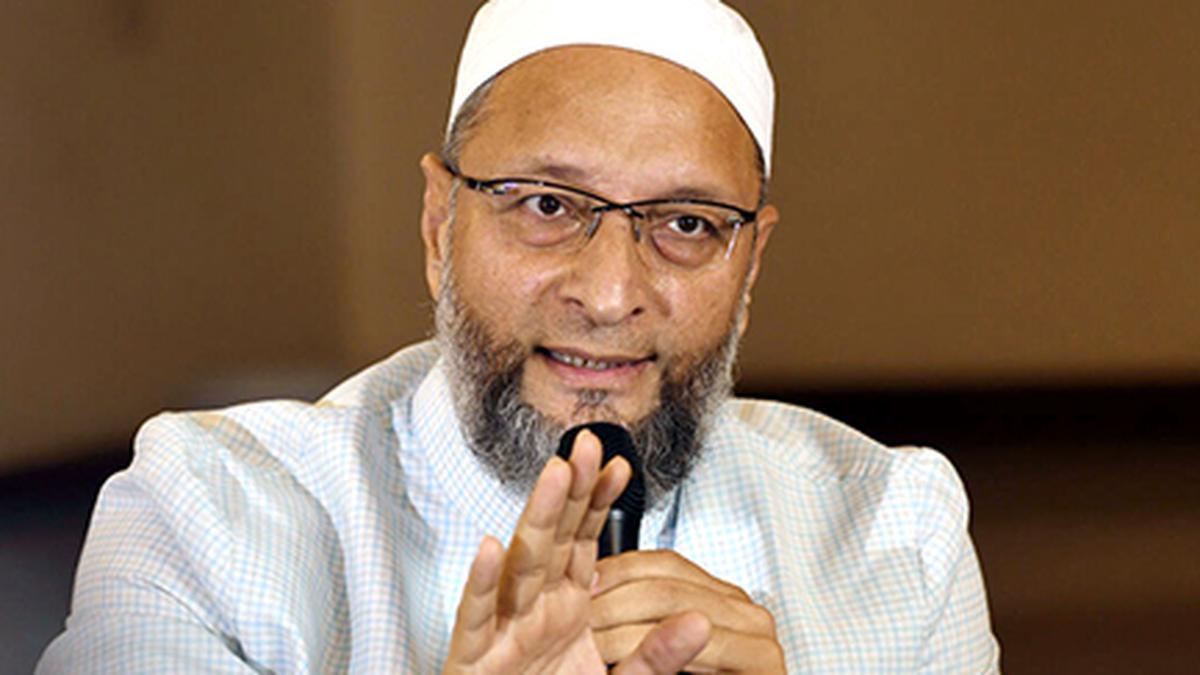The ideological divergence encapsulated in the Bharatiya Janata Party's 'Sankalp Patra' and Congress' 'Nyay Patra' for the forthcoming 2024 Lok Sabha elections mirrors India's vibrant political tapestry.
The BJP's 'Sankalp Patra' epitomises continuity by weaving a narrative of progress built upon the party's previous tenure and spotlighting nationalism, infrastructural advancements, and a robust economic trajectory.
It champions cultural values and advocates for initiatives like the Uniform Civil Code, epitomising a steadfast commitment to a unified national ethos.
The Congress manifesto, laden with a progressive ethos, emphasises inclusivity and welfare, unveiling reforms tailored to uplift marginalised and underserved segments of society.
The Divergence in Vision
The BJP's pragmatic stance paints a vision of a self-reliant India, prioritising governance overhauls and bolstering national security.
Its manifesto strikes chords with constituents valuing tradition and viewing cultural nationalism as intrinsic to India's character. Conversely, Congress positions itself as an advocate for the youth and disenfranchised, pledging a more equitable distribution of resources and opportunities.
At this juncture, India stands poised at a crossroads where the dichotomy between 'Sankalp' and 'Nyay' transcends mere manifesto promises; it delineates divergent visions for the nation's future.
While the BJP charts a course towards a 'Viksit Bharat' (developed India), the Congress champions a narrative of societal equity and justice.
The electorate's decision in this pivotal moment will shape India's developmental trajectory and its socio-political terrain for generations to come.
Battle of Ideologies
Both manifestos clearly emphasise a clash of ideologies.
The BJP's manifesto champions cultural nationalism and Hinduism under Modi's leadership, presenting a rehashed narrative with a 'Modi ki guarantee' stamp.
While it touts a pragmatic development approach, the essence of a diverse, progressive, and secular India finds resonance in Congress's 'Nyay' as a pivotal ideology. Without a vision of justice, the pledge of 'Sankalp' falls short in upholding the inclusive idea of Bharat. Congress focused on social justice and economic equity. It heralds its own renaissance, aspiring to repaint the nation's canvas with strokes of inclusivity and reform.
While the BJP's tale extols the grandeur of a civilization, Congress's script vows a new social order and a commitment to uplifting the marginalised and rectifying the inequities of the past.
These manifestos transcend policy compilations; they are declarations of identity, with each party crafting its own rendition of India's soul.
The BJP envisages an India that radiates cultural pride and sovereign vigour, while Congress envisions a nation where the scales of justice harmonise the aspirations of its diverse populace.
As the nation stands at history's crossroads, these manifestos offer divergent paths to the future, each illuminated by the ideological lanterns they carry. It's not just a choice between two parties; it's a choice between two philosophies of India's past, present, and future.
The stage is set, the audience anticipates, and the curtain rises on the most profound ideological spectacle in India's democratic theatre.
BJP Takes a More Welfare-Centric Stand
The BJP’s 2024 manifesto shifts focus from contentious issues like NRC, CAA, and Article 370 (as two of these are already done) to development goals, including the gradual removal of AFSPA in the northeast and extending the free ration scheme to 2029.
This strategic move aims to widen its appeal across the eastern and northeastern states. The manifesto now targets the middle class, previously overlooked, by promoting high-value job creation via startups in smaller cities and proposing large-scale infrastructure projects such as Vande Bharat and bullet trains, as well as electric vehicle initiatives.
For the agricultural sector, the narrative changes from income doubling to providing better support through higher MSPs, crop diversification incentives, and cohesive farm infrastructure.
Similarly, the Congress's 2024 manifesto, titled 'Nyay Patra', represents a notable evolution from its 2019 predecessor.
The updated manifesto shifts towards 'Paanch Nyay' – five pillars of justice encompassing youth, women, farmers, labourers, and equitable resource distribution.
It pledges to fill nearly 3 million government vacancies and proposes a constitutional amendment to uplift the reservation cap. In contrast, the 2019 manifesto emphasised job creation, relief for farmers' loans, and a separate 'Kisan Budget'.
The latest manifesto also includes a commitment to conduct a nationwide socio-economic and caste census, indicating a deeper commitment to social justice and a more intricate governance approach.
Youth at the Forefront
As the 2024 Lok Sabha elections approach, India's youth take centre stage in the electoral agendas of the major political parties. The BJP's manifesto focuses on fortifying academic integrity, tackling paper leaks, and promptly filling government vacancies. It envisions India as a global manufacturing and startup hub, with initiatives like Mudra promoting entrepreneurship.
In contrast, the Congress manifesto introduces the Yuva Nyay programme to combat unemployment, offering practical training through the Right to Apprenticeship Act for diploma holders and graduates under 25. It pledges to fill 30 lakh central government vacancies, revitalise the public sector, and provide one-time relief for students affected by the COVID-19 pandemic's disruptions.
As young voters ponder these visions, their choices will not only shape their own future but also the trajectory of the nation.
Empowerment or Entitlement: Manifestos’ Duel for Women’s Future
In the arena of electoral politics, the manifestos of the BJP and Congress unfold as banners of promises to India's women, who wield significant influence with their 47.1 crore-strong presence.
The BJP's manifesto is a mosaic of empowerment, aiming to transform rural women into 'Lakhpati Didis' and providing them with robust health services to combat diseases like cervical cancer. It also vows to elevate women to seats of power in Parliament and state legislatures.
Contrasting this, Congress presents the 'Mahalakshmi scheme', offering Rs 1 lakh to impoverished families and pledging half of central government jobs for Indian daughters, alongside a promise to double hostels for nurturing women's aspirations at the district level.
The former focuses on systemic change and equality in representation, while the latter prioritises immediate upliftment and inclusive support.
In this ideological duel, the BJP envisions progressive change through opportunity, while Congress leans towards immediate assistance and entitlement.
As women voters take centre stage in shaping India's future, their choice between self-made empowerment and assured support will not only impact the political landscape but also shape the evolution of society itself.
Contrasting Economic and Agricultural Vision
In the unfolding narrative of India's economic trajectory, the BJP and Congress manifestos for 2024 carve out distinct pathways, each presenting divergent strategies for economic development and farmer welfare.
The BJP's vision positions India as a formidable global economic power, prioritising low inflation, robust growth, and heightened employment opportunities. It pledges support for taxpayers and endeavours to enhance the PM Fasal Bima Yojana through technological upgrades for efficient claims processing and grievance resolution, alongside periodic adjustments to the Minimum Support Price (MSP) for crops.
On the other hand, the Congress manifesto charts an ambitious course, aiming to double India's GDP within a decade. It advocates for legislation safeguarding the rights and social security of gig and unorganised workers, promoting free trade while adhering to international commerce norms.
For farmers, Congress proposes a legal MSP guarantee in line with the Swaminathan Commission's recommendations and plans to establish a Permanent Commission on Agricultural Finance for monitoring credit and addressing loan-related challenges.
This aligns with its ongoing development-centric agenda, supplemented by initiatives like the Vande Bharat trains and a cultural nationalist ethos.
Both manifestos cater to their core constituencies while addressing broader economic and agrarian concerns. The BJP's strategy leans towards a top-down approach, banking on large-scale projects and international competitiveness for economic ascendancy.
In contrast, Congress advocates for a bottom-up approach, prioritising social welfare and grassroots economic reforms. These contrasting visions underscore the ideological divergence between the two parties, each presenting a unique narrative on India's path towards a prosperous future.
(The author, a columnist and research scholar, teaches journalism at St. Xavier's College (autonomous), Kolkata. This is an opinion piece and the views expressed above are the author’s own. The Quint neither endorses nor is responsible for the same.)
(At The Quint, we are answerable only to our audience. Play an active role in shaping our journalism by becoming a member. Because the truth is worth it.)

 2 weeks ago
98
2 weeks ago
98



